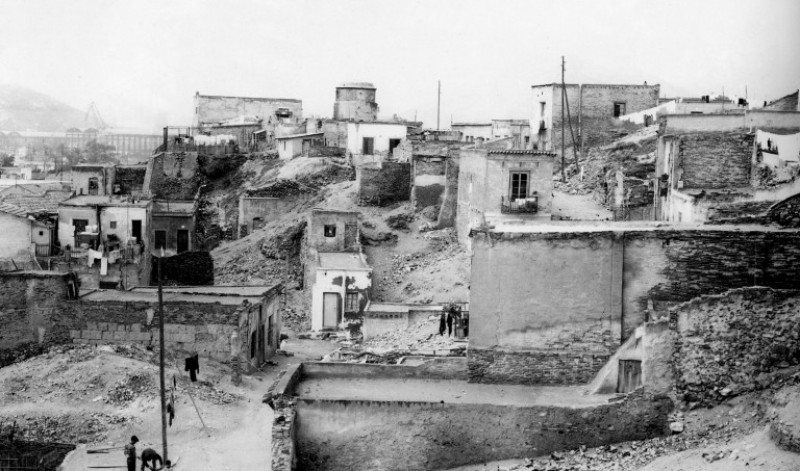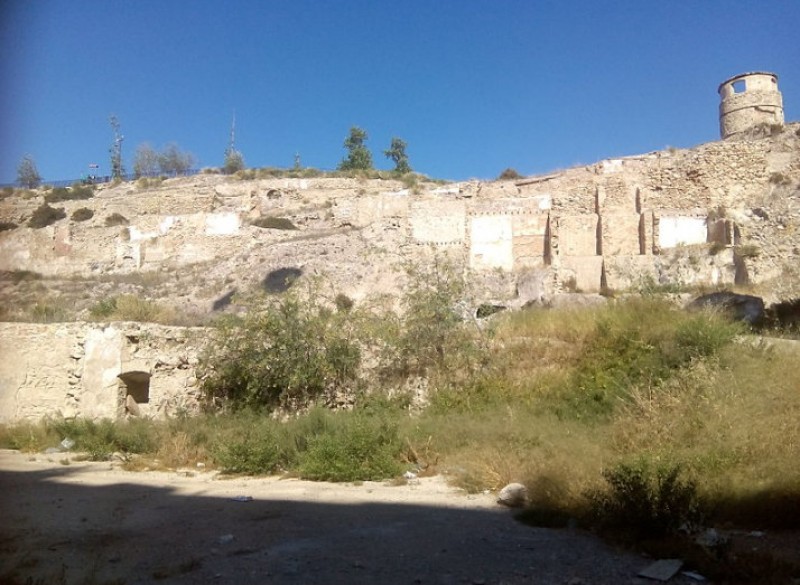The Morería district next to the Molinete archaeological park in Cartagena
The former Roman site was home to the “morisco” descendants of the Moors during the late Middle Ages
The hill of Molinete is one of the five which stand on what was once the peninsula of Cartagena before the area to the north, previously a lagoon, was reclaimed from the sea. Located in the heart of the city, it has an area of 13.5 acres and owes its name to the mills which stood (only one remains standing) on the brow of the hill.
There is evidence of the Molinete having been part of the urban centre since the 4th century BC within an Iberian settlement, developing its own identity in the 3rd century BC, when ancient sources report that Hasdrubal, the founder of the Carthaginian city of Qart Hadasht, built his palace at the top of the hill. When the site was chosen for important civil and religious buildings during Roman rule important districts within the city grew up on the hillsides, playing a central role in defining urban life: some buildings were specifically designed to house commercial facilities and manufacturing and crafts activities, and alongside other public buildings in the vicinity of the Forum these led to the Molinete being one of the most important areas of the city in the late 1st century BC.

On the side of the Molinete hill and running along the city walls, is where the dwellings of the “Moriscos” were built. These were the former Muslims and their descendants who stayed in Spain after the Moors were expelled in 1492, and their homes were humble single-storey shelters where the occupants spent only the hours of daylight. At that time the law forced them to return within the city walls at night to prevent them from going to the shore and communicating with the Barbary pirates from northern Africa, whose coastal raids kept the city in a state of continuous alarm.
For this reason, this district became known as the “Morería”, after its residents.
Image 1: Yolanda95 (Wikicommons)
For more local information, news and events visit the Cartagena section of Murcia Today.






